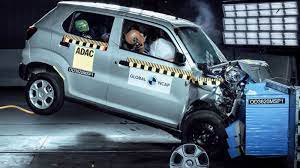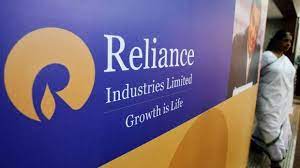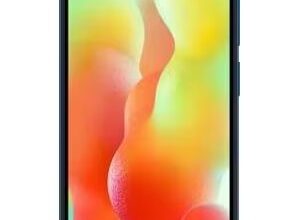Learn the main distinctions between the two safety rating systems, Bharat NCAP and Global NCAP
The Bharat NCAP will go into action on October 1 after being introduced by the Ministry of Road Transport and Highways. A important step towards improving passenger car safety in India is the Bharat NCAP or BNCAP. Given the rising number of deaths and serious injuries resulting from traffic accidents in the nation, this action has even more importance. The Bharat NCAP’s framework specifically takes into account India’s unique driving conditions and legislation, despite similarities to the Global NCAP’s architecture.
Comparing and contrasting Bharat NCAP with Global NCAP
Sorting Safety Ratings into Categories
A vehicle must get a minimum of 34 points, which are divided into 16 points for the front crash test, 16 points for the side impact test, and 2 points for seat belt reminders, in order to receive a 5-star safety rating for adult occupant protection from Global NCAP.
A vehicle must have at least 27 points for adult occupant safety and 41 points for child occupant protection to get a 5-star rating from Bharat NCAP.
Different Crash Tests
The Bharat NCAP regulations follow the Global NCAP requirements for crash testing. Three tests—the offset deformable barrier frontal impact test, the side impact test, and the pole side impact test—would be used to evaluate the cars’ crashworthiness.
The integration of six airbags, electronic stability control (ESC), three-point seatbelts for every passenger, stronger emergency braking systems, and other safety measures will also be carried out by Bharat NCAP.
Speed evaluation
The frontal offset test is carried out by the Global NCAP crash testing, in which the vehicle approaches a deformable at 102 km/h. The test vehicle and the deformable barrier are held at a 40% overlap to simulate a collision between two automobiles traveling at 80 km/h.
64 kmph will be utilized in the frontal collision test for Bharat NCAP, while 50 kmph and 29 kmph will be used for the side and pole side impact tests, respectively. This demonstrates that, as compared to Global NCAP, testing times for several impact assessment categories in the Bharat NCAP protocol are slower.
Government/Private Owned
A privately owned corporation, The Global NCAP has been acknowledged as the highest-ranking NCAP. Several charities and automakers contribute to its support. The Bharat NCAP would be under the control of the Indian government.
Vehicle Types
The performance of CNG and EV cars will be evaluated and assessed using the Bharat NCAP rules alongside ICE vehicles.
Unified Score
In contrast to Global NCAP, Bharat NCAP will assess the cars consistently and provide them a single overall rating, accounting for the outcomes of both adult and child occupant category crash testing.







